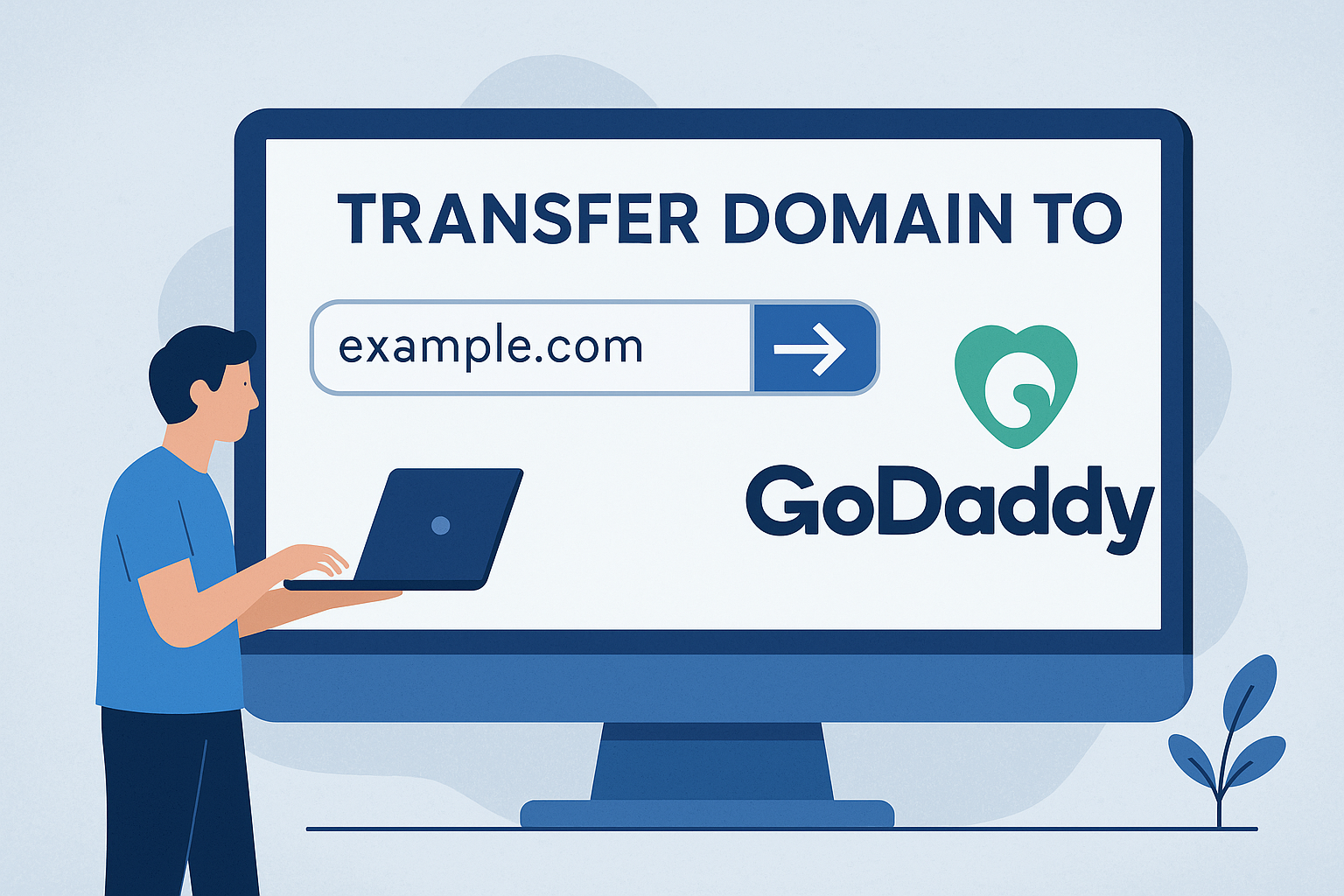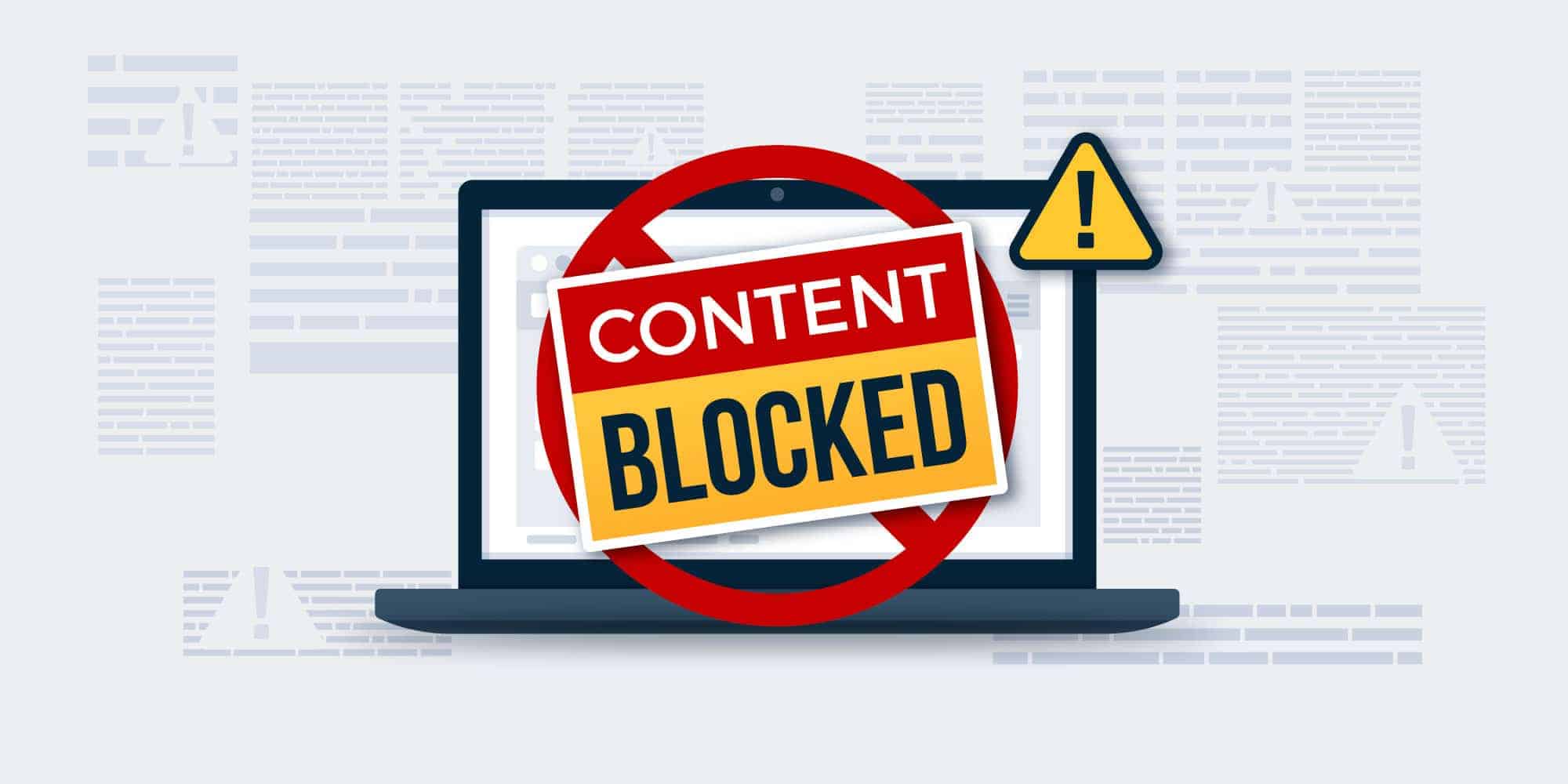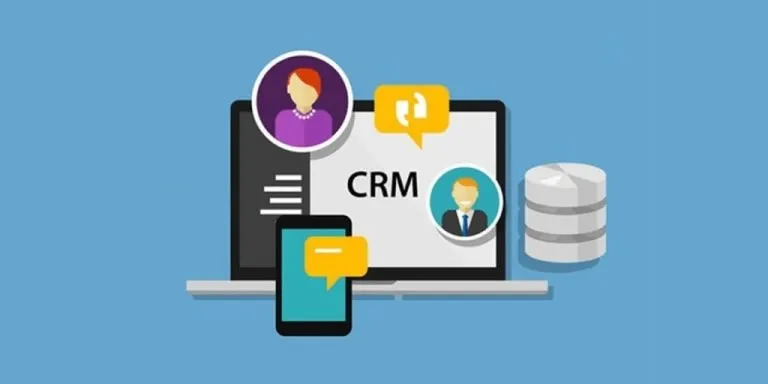Advertising disclosure
Hosting Canada is community-supported. We may earn a commission when you make a purchase through one of our links. Read Disclosure.
Website Development Costs: What You’ll Really Pay
 These days, almost everyone needs to know a little about website development. If you’re a business, you need a website to connect with your customers. Alternatively, you can use a website to connect with fans of your hobby or showcase your content or blog.
These days, almost everyone needs to know a little about website development. If you’re a business, you need a website to connect with your customers. Alternatively, you can use a website to connect with fans of your hobby or showcase your content or blog.
But lots of people don’t fully know what it takes or costs to build a website from scratch. While personal websites are more common than ever, it’s difficult to see all the costs of website development upfront because of how complex the process really is.
In this guide, we’ll dive deep into the overall costs of website development from start to finish and provide a general estimate, so you know what to expect when you decide to make or order your own digital space. Let’s get started!
What is Website Development?

Much like it sounds, website development is the process of putting together a website. There are some super simplistic site builders out there who may make it look like it’s incredibly simple to slap something up on the web, but there is so much more to it than many people realize. Some elements necessary for building a website include:
- ☑️ Search engine optimization (SEO)
- ☑️ Site security and encryption
- ☑️ Graphics
- ☑️ Content
- ☑️ Interactive features
- ☑️ Programming coding
- ☑️ Design
- ☑️ Ecommerce elements (if applicable)
The list goes on. Many of these features can be done easily through the right website builders. However, the more customization you want, the more expensive and complex building your site will be, especially if you have it done from “scratch.” We’ll individually highlight these aspects further in this guide.
Website Development Costs and the Personal Factors That Affect Them
There are several factors that can affect how much your website costs to develop, but here are some personal aspects that can affect overall costs.
Money
![]()
Obviously, how much money you have on hand for the creation and operation of your website determines the tools you have access to.
More money means you can build a more expensive website with potentially greater returns, and less money means more limitations.
However, the monetary factor is actually easier to work with in a majority of situations because it’s the most flexible. You can always earn more money or put off building your website until you have a bigger budget. The other potentially-affecting factors are not nearly as flexible.
Time

The time you have to build your website also affects its overall development costs. Longer time frames give you extra time to make sure that the website is built properly and doesn’t have any major bugs or flaws.
Shorter time frames may mean that you need to spend extra money on expensive help or tools, or that you don’t have enough time to properly debug your website.
Additionally, any outside help that you hire will likely charge a higher fee if you are in a time crunch. It costs more to hire a web developer to build your website in two weeks than it does to hire them to build your website in two months.
Tech Know-How

If you have the technical know-how to build much of the backend architecture or hardware for your website, you can save thousands of dollars.
Technical know-how does cost time and possibly money, depending on if you have a degree in the subject of website building. But it could indirectly save you money on your website project later on. If you are looking to develop your coding skills, check out our ranking for the best coding bootcamps in Toronto.
Note: Opting for a well-known website builder will make the costly process much cheaper than it would be when hiring a professional designer.
Design Skills

You can also save money or pay more money depending on your own design skills. If you don’t have the design capabilities to make your website attractive and visually effective for your visitors, then you’ll need to hire someone who does, raising the overall budget for your website.
The reverse is also true; you can save money if you do all the design elements yourself, although this does cost you extra time.
Building Factors in the Cost of Website Development
Planning
![]()
The planning stage for your website doesn’t necessarily cost you a single dollar. But it does cost you in time, and the longer you spend planning your website, the more time you’ll have to spend on the project as a whole or the more money you’ll have to spend to make up for lost time.
The advantage to spending extra time planning your website is that you are less likely to run into design difficulties or future issues.
Carefully planning your website from top to bottom is advisable if you plan to hire outside help. You’ll be able to give detailed instructions to your workers, giving them a better chance of meeting your requirements.
Furthermore, thoroughly planning your website allows you to accurately budget for the website’s overall development costs.
You’ll also need a plan for the total number of visitors you can expect for your site, as this affects the amount of server space and resources you need to reliably host the site.
Though the planning phase of your website development doesn’t cost you any money, don’t skimp on the time costs. It’s arguably the most important part of the entire process.
Total Cost: $0, but significant time costs.
Design
![]()
The next stage of website development is design. In this phase, you’ll pick out the elements that make up your actual website interior, its layout, and its use for your visitors. There are plenty of aspects that can affect the end costs, such as:
Size: Most larger websites cost more both because of server resources and the time it takes to design multiple pages that react correctly with each other. Smaller websites are quicker and cheaper to make, although the cost per page can fluctuate with the design elements. For example, a basic blog with five pages may only cost $1000 while a more complicated site with 12 pages could cost thousands.
Type: The type of website dictates the features and functionalities in the site architecture. For instance, e-commerce websites need shopping pages, digital shopping carts, and extra customer protections. Other possible types include blogs, informational sites, small business sites, or corporate sites. All with very different requirements.
Media: Any website that includes multimedia (like videos), chat functions, or interactive slideshows, will be more expensive. The overall cost can vary dramatically. Some multimedia functions are only a few hundred dollars, while others can run you up to $10,000.
Total Cost: $300-$15,000 for small/average sized sites. Corporate or huge ecommerce websites can run between $10,000 to $50,000 due to complexity, security requirements, and other demanding features.
Construction
![]()
After designing every aspect of your website, you can move to the construction phase. You’ll need to spend money actually building your website both on the front and back end, as well as designing effective user interfaces. Some things to keep in mind:
UI Construction: You need to design and construct a user-friendly interface and an overall theme that brings people to your site and that captures their attention. UI construction involves detailed research for your target audience, as well as in-depth analysis of your competitors so you don’t build a direct copy of another site. Instead, take the strengths of your competitors and make them your own.
Wireframe and Prototype: Then you’ll need a “wireframe” and general prototype of your user interface, having it critiqued by others for usability and design. Crafting a user interface in total can run you between $500 and several thousand dollars depending on the size and the time afforded to your developer or agency.
Front-End Development: The front-end of your website is everything that a visitor can see and interact with. It includes everything from pictures to cursor style to registration buttons to login fields and processes. You’ll want something that is responsive, user-friendly, and pleasing to the eye. This bit of construction can easily cost you several thousand dollars if you don’t have the skills/time to do it yourself.
Back-End Development: This involves writing all the software and other code necessary to make sure your site functions properly. When someone puts in their login information, the back-end website architecture makes sure the process completes smoothly. This also involves integrating your website with third-party services and data processing tools. It’s one of the most complex parts of the construction phase and can cost $3000 up to $15,000, especially if you use website development services.
Features: The features you include on your site affect its total cost. Interactive media is one of the most important and engaging features you can provide for your site, and many companies include it as a default option because it’s so good at keeping people on the site longer.
Interactive media can be small video games, visuals that allow visitors to click on different options, or even interactive chat systems. However, interactive media is very time and resource-intensive, so it can easily cost up to $10,000.
You’ll also probably want to invest in a content management system if you aren’t posting on a predesigned platform like WordPress. Content management systems let you add or edit information already on your site without having to change code. This can also cost several thousand dollars. Additionally, each page you add to your website runs up the total.
We mentioned e-commerce previously. Adding this functionality seriously drives up the price. E-commerce features include payment processing systems, shopping carts, payment options, product pages, and customer feedback pages. Ecommerce features can run up to $20,000 or more depending on the size of the business.
Finally, many websites use database integration tools. Visitor and client data is compiled into a single resource that can be retrieved at will. This imperative feature can cost several thousand dollars.
Using a Website Builder
![]()
One option when building your site is with a website builder, like WordPress or Wix. You can construct your site using their predesigned elements, which saves on costs. Access to the website builder is often included with many web hosting packages.
Site builders offer similar solutions to resources like website development services, but they are more hands on for you. They allow you to “drag-and-drop” different elements of a website page, like dialog or content boxes, into place using a premade system or hanging system. They basically make the wireframe for your website and let you fill in the content or adjust different widgets or content boxes as you see fit.
It’s relatively intuitive and may only cost you a few hundred dollars. You may need to pay a few additional fees based on themes or media additions; each website builder is subtly different, and some are better than others.
Note: There are quality free website builders but premium ones are much more useful.
Using a Custom Site Made By a Developer
![]()
Alternatively, building a custom site that is made by a developer or web design agency is much more expensive.
Freelance web developers can be found relatively easily. Freelancers are independent contractors that build your website after being given a job proposal, and the amount they may demand for their services can vary wildly.
It’s not uncommon for freelancers to charge several thousand dollars for building a full website from scratch, with even higher prices if they have to plan and design the website as well.
In general, it’s better to pay for more expensive freelancers that have a good variety of work in their portfolio than it is to hire an inexpensive freelancer that doesn’t know what they’re doing.
You can alternatively hire a web design agency. These are professional website building companies that work similarly to a freelancer; you give them a proposal and they work with you to build a website you’re happy with. The advantage of using them over a freelancer is in time and detail.
Because they run an entire team of people, they can churn out larger, more complex websites quickly and efficiently.
The disadvantage is that they are much more expensive than a freelancer. Many upper-tier web design agencies charge into the tens of thousands or hundreds of thousands of dollars to build a website from scratch.
Of course, the last option is to develop your website yourself without using a website builder. This is theoretically totally free, but you still have to pay for server hosting and other elements. It also costs you quite a lot of time and may not be worth the effort if you don’t have the skills and expertise to make an excellent website, anyway.
Total Cost: Upwards of $10,000 or significantly higher, depending on worker used and features implemented.
SEO/Content
After building your website, you’ll need to fill it with content that’s optimized for search engine visitors. This is where SEO, or search engine optimization, comes into play.
Written Content

Content costs for your site can vary based on the amount of content you need, as well as the quality and type.
For instance, most websites have content either written by their owners or by professional copywriters. Writing your own content is free, but it can eat up a significant amount of time, especially when you consider research, formatting, and editing.
Alternatively, professional copywriters can be found either in a freelance capacity or as part of a dedicated copywriting agency. Freelance copywriting paid for with bottom of the barrel prices is liable to be filled with typos or errors. Meanwhile, top-tier freelance copywriters charge more for their content, but they usually come with added links, search engine optimization, and intelligent keyword lacing.
All of this can make that content more attractive to Google search ranking algorithms and more effective at drawing in visitors for your website.
Copywriting agencies have teams of writers that work together on content for websites. This makes them a much better choice if you need to fill up a larger website with dozens of pages in a much shorter time frame.
Professional copywriting from either a freelancer or from a copywriting agency will cost you anywhere between $50-$1,000+ per page based on the type and quantity of content.
Other Content
![]()
If you need to make videos, music or other content for your website, you’ll need to take these costs into account. The cost to make a video is extremely varied, so will need to be assessed on an individual basis.
SEO
![]()
Search engine optimization entails coming up with content that intelligently uses searched-for keywords without coming across as robotic.
Writing engaging content and lacing links to your own pages and other reputable websites can help your site appear more attractive to Google search results algorithms. This helps attract more visitors.
SEO also extends page placement and website development. As such, there are copywriters or other website developers who have SEO skill sets and they may charge you to use these on your website. For example, image optimization or file compression.
This can cost anywhere between $700 to several thousand dollars per month. It’s more expensive if you constantly add new content and want to remain relevant and it’s less expensive if you don’t update your site all that frequently.
Of course, you can do your search engine optimization yourself. But bear in mind that this may take a significant amount of time, especially if you do so in conjunction with writing your own copy.
Total Cost: $100 per page up to $500 per page when factoring content, SEO, linking, etc.
Hosting/Other Costs
When you have your own website, you either need to have your own servers that connect to the Internet or, more commonly, use a web hosting service.
Web Hosting
![]()
When you have your own website, you either need to have your own servers that connect to the Internet or, more commonly, use a web hosting service.
This allows other internet users to access your website by storing your data on servers that are constantly connected to the web.
With hosting services, you pay for essentially renting server space for a monthly or yearly fee. The type and quality of your website hosting service can affect many things, including:
- ☑️ Your server resources, like storage space or bandwidth
- ☑️ Your loading times for your visitors; better hosting services allow for more responsive page loading
- ☑️ Widgets or add-ons that increase or expand your site functionality
Overall, your web hosting provider matters a great deal for the success and quality of your website. Website hosting can cost anywhere between $20 to several thousand dollars per year based on server resources needs. There are several basic types of web hosting services:
Shared Hosting
![]()
This is the most basic type of web hosting and allows you to rent space that you share with other people on the same server. You don’t get a ton of bandwidth for server resources, but their subscription packages are usually very affordable and often come with website builders or other perks.
Among these, are the best hosting packages for small blogs or other websites that don’t need to provide top-tier performance for thousands of visitors all the time. Shared hosting services cost anywhere between $20 and $300 per year.
WordPress Hosting

You’ll often see designated “WordPress” hosting; this is the same thing as shared hosting, but with WordPress pre-installed. These hosting packages often include extra perks or features for WordPress users specifically, and cost around the same price as shared hosting plans.
Looking to build a fast and reliable WordPress site? Check out our guide to the best WordPress hosting services for top recommendations.
VPS Hosting (Virtual Private Server)
![]()
VPS hosting has you share server space with other clients but gives you extra resources from that server because the server becomes separated into “virtual” servers for each user.
It’s a good middle ground between having your own server and keeping costs lower, like with a shared hosting service. These packages can cost between $200 and $700 per year.
Dedicated Hosting
![]()
Quality dedicated server hosting is the costliest of all the options, but it gives your website its own server and all the resources that come with it. As such, this is the best choice for big online businesses or multimedia websites that receive thousands of visitors per day. Dedicated servers can cost between $1000 and $25,000 per year.
Managed Hosting
![]()
Managed hosting can be dedicated, virtual, shared, etc. The difference is that the managed hosting provider is the one to deal with administration and back-end tasks. Not you.
You don’t have to worry about security, technical support, performance, updates, server setup, none of it. You pay for the use of the servers (like the other hosting options) but you don’t have to worry about all the high-maintenance…maintenance.
Obviously these kinds of plans can be more expensive, but you can still get some pretty great deals if you find the right website builder who offers this as a tier. For instance, for about a thousand dollars a year, you can get a lower-tier managed WordPress hosting plan through several reputable services. Keep in mind, the lower the tier of plan is, the more hands on you’ll have to be with your site.
For users who want all of the big, annoying aspects of hosting their site off their plate, there are some pretty fancy pay-to-use tiers that make running your site a lot simpler. Also, most providers offer significant discounts for new customers, especially if you commit to longer contracts. This means you can get 50% off or more, if you buy at the right time. Just be prepared to pay the piper when it’s time to renew.
Domain
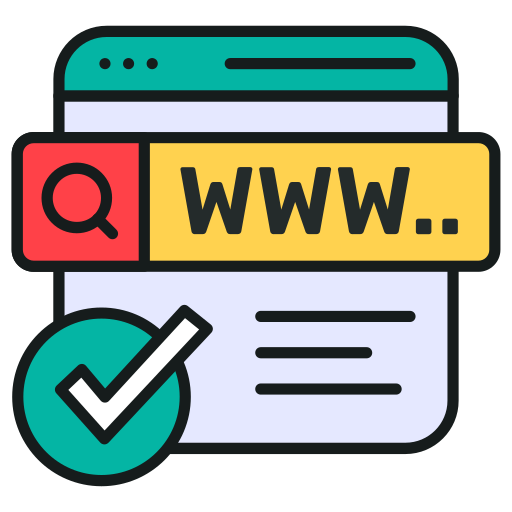
In addition to web hosting, you’ll need to consider the smaller fees for your domain name. Your domain is your website’s online identity that is specific to you and your brand alone. Your domain remains unique, even though other websites can have names similar to yours.
To get this advantage, you need to purchase the domain name and register it annually. It’s important to have a domain name to maintain a solid brand on the Internet and establish credibility with both your visitors and with Google, as Google ranks websites with their own domain names more competitively, making it a must-have feature for serious online businesses or websites looking to grow.
Domains also play a big role when it comes to online advertising. Your domain name determines where visitors are directed when they click on your ads. Failing to secure your individual domain means they might go somewhere else, wasting those advertising dollars.
You can purchase and register a domain name from many of the same hosting companies that provide hosting services like we described above. Domain names cost anywhere between $1 to around $15 depending on the name’s popularity or the service you’re using.
Related: How to Buy a Domain Name
SSL

SSL, or Secure Sockets Layer, certification is one of the most important pieces of the website puzzle. SSL certification protects your website and your visitors by guarding their sensitive data.
It’s such a common and staple security measure that even shows up in the URL of your website, meaning any visitor who stopped by your site can see if your WordPress website is secured.
This is also important because the GDPR recently placed several restrictions on websites that do international commerce, but who don’t take effective steps to protect their users’ data.
You practically must-have SSL certification if you want to do business with customers in the EU and beyond. E-commerce website owners need to consider SSL certification cost a necessity of doing business.
Even if you aren’t an e-commerce site owner, you’ll benefit from the increased security that such certification brings.
SSL certificates can come from web hosting companies or from other vendors or services; it’s also possible to get SSL certification for free, though paid SSL certificates are usually better for overall security, like advanced encryption models.
SSL certificates can cost $0 or up to $1000 per year. Bigger sites with greater security needs means higher costs.
Note: If security is a chief concern (as it should be), high-quality security plugins will make your life easier.
Total Cost: $100 or so per month, up to $1000s of dollars per month.
Marketing
Once you have your site up and running, you’ll need to spend some time marketing your site to get enough visitors to trip the Google search algorithms and push your site to the front page. This involves content marketing, social media marketing, and email marketing.
Content Marketing
![]()
Advertising your blog posts or other content directly to your target can be done by interlinking with similar sites or through other means, like banner ads. You can also hire a content marketing service. Expect to spend around $500-$1500 per month for small business advertising, all the way up to $10,000 if you run a truly large site with tons of content. That said, if you have the time and energy, there are ways to create content marketing for free, such as if you have niche content that naturally draws in customers.
Social Media Marketing
![]()
Both simpler and more affordable; it involves either hiring someone to do the marketing for you or doing it yourself.
Either way, you or your social media marketer will spend time on platforms like Facebook and Twitter (X), engaging with your followers and bringing in new ones to drive visits to your site and create higher conversion rates. If you choose to hire someone to do this for you, social media marketing can cost several hundred up to $2000 per month.
Email Marketing
![]()
This is the cheapest option, though it often requires that your website has a newsletter or email list functionality. With quality email marketing services, you send out a weekly or monthly newsletter or email showcasing your new content or advertising for your site. This can cause you only a few bucks per month up to $1000 per month if you go about a truly massive email marketing campaign.
Total Cost: $300-$1000s of dollars depending on marketing reach.
Maintenance

Building your site and filling it with quality content is only part of the battle. You also need to maintain your website over the long-term, keeping your visitors happy while avoiding as much downtime as possible.
Remember, if your website goes down, that’s valuable time in which you could be getting visitors and conversion!
The good news is that website maintenance is one of the lower expenses compared to all the other factors involved in developing a site. Website maintenance can extend to:
- ☑️ Acquiring new server resources as your traffic spikes
- ☑️ Switching servers for a higher capacity server if your website grows successfully
- ☑️ Performing regular debugging or security updates
- ☑️ Backing up your website, in case of a server crash
- ☑️ Handling busywork or customer complaints
You can expect to pay several hundred dollars up to $1500 per year for all your website maintenance needs. Note that your overall maintenance costs may go up dramatically if you need to switch servers for hosting providers quickly or during an emergency or if your servers or website need immediate repairs because of a cyber-attack.
The costs may be even higher if a hacker manages to get a hold of sensitive user data and causes serious damage to your site, requiring reconstruction.
Total Cost: $200-$1500 per year depending on website size, server needs, etc.
Summary
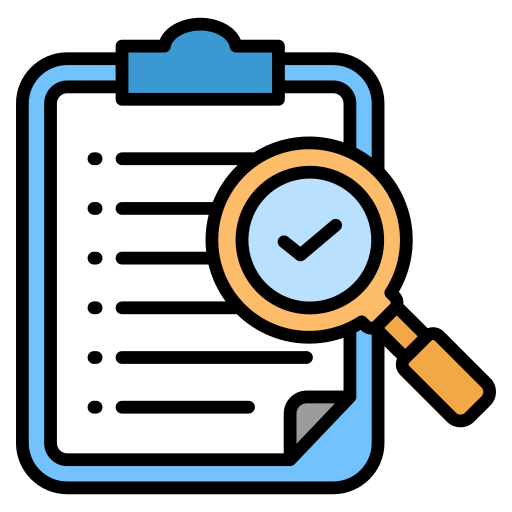
As you can see, narrowing down the costs you should expect to pay for building and maintaining a website is incredibly complicated. It depends on a myriad of factors, including:
- ☑️ Your personal skill level
- ☑️ The type of website you want to create
- ☑️ The amount of content you want to put on the website
- ☑️ The server resources you need for the site
- ☑️ How many visitors the site gets
- ☑️ How much maintenance the site requires
For example, if your website isn’t gonna be that big, you can get away with some top-of-the-line cheap hosting and reduce the expenses considerably. To that end, it’s often smarter to calculate averages for your website costs based on their size and type. We’ve done a breakdown for you below.
Small Business Website/Blog
![]()
- ☑️ Expect to pay at least $500-$10,000 initially. This includes accounting for doing some things yourself
- ☑️ Expect to pay between $200 and $1000 per year for annual maintenance costs.
Ecommerce Website
![]()
- ☑️ Expect to pay up to $3000 for stores with around 100 products.
- ☑️ And upwards of $20,000-$30,000 for stores with more than 500-1000 products.
- ☑️ Expect to pay between $5000 and $20,000 for annual maintenance costs.
Corporate/Big Business Website
![]()
- ☑️ Expect to pay between $10,000 and $40,000 for quality sites to drive business and conversion rates, and marketing.
- ☑️ Expect to pay between $2000 and $20,000 for annual maintenance costs.
Database Driven Website

- ☑️ Expect to pay between $5000 and $50,000 for initial site construction and data compilation/collection.
- ☑️ Expect to pay between $10,000 and $60,000 for annual maintenance costs, including additional security and server maintenance to protect users’ data.
Ultimately, the cost of your website will depend heavily on the type of help you hire, the quality you want for your website, and how much of your own time you’re willing to spend in terms of design, planning, and coding.
You can always drive down the price by doing most of the work yourself, or by looking for great deals on hosting services or using a website builder. Use the above amounts as general guidelines and ranges rather than hard and fast rules, especially since the web development industry is constantly changing.
Thanks for reading and good luck!




